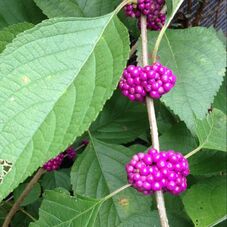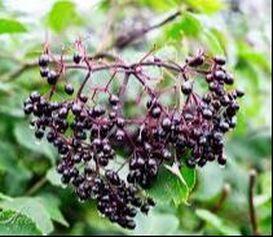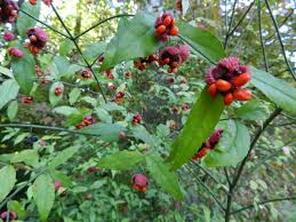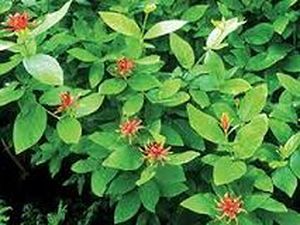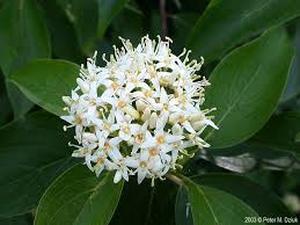ABOUT THE WOOD THRUSH
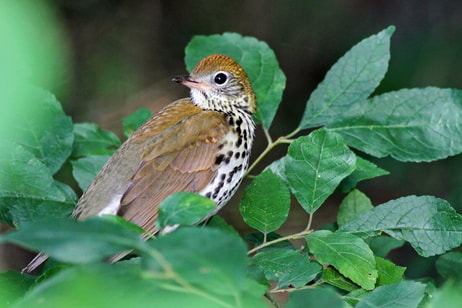 Wood Thrush on winterberry, a Georgia native plant. Photo by Will Stuart.
Wood Thrush on winterberry, a Georgia native plant. Photo by Will Stuart.
If you've spent any time birding in Georgia, you've almost certainly heard the flute-like call of the Wood Thrush. During the spring and summer months, the Wood Thrush breeds in deciduous and mixed forests in the eastern U.S. where there are large trees, moderate understory, shade, and abundant leaf litter for foraging. Each fall, they migrate to the lowland tropical forests in Central America where they spend the winter.
You may also have noticed that the Wood Thrush's ethereal 'eee-oh-lay' song has been disappearing from Georgia's forests over the past several decades. Named on the 2015 Watch List by the North American Bird Conservation Initiative, the Wood Thrush faces multiple threats including building collisions, habitat degradation, and climate change.
In an effort to reverse these declines, Birds Georgia named the Wood Thrush as its 2017-18 focal species and developed several initiatives to preserve Wood Thrush’s habitat, both locally and internationally.
Two easy things that you can do to help the Wood Thrush right here in Georgia are 1) drink shade grown coffee and 2) plant native plants in your gardens and landscapes.
You may also have noticed that the Wood Thrush's ethereal 'eee-oh-lay' song has been disappearing from Georgia's forests over the past several decades. Named on the 2015 Watch List by the North American Bird Conservation Initiative, the Wood Thrush faces multiple threats including building collisions, habitat degradation, and climate change.
In an effort to reverse these declines, Birds Georgia named the Wood Thrush as its 2017-18 focal species and developed several initiatives to preserve Wood Thrush’s habitat, both locally and internationally.
Two easy things that you can do to help the Wood Thrush right here in Georgia are 1) drink shade grown coffee and 2) plant native plants in your gardens and landscapes.
Plant native for birds
One of the most important steps we can take is to plant native plant species that provide food for the Wood Thrush and other birds. Wood Thrush feed primarily on invertebrates found in the leaf litter and on fruits from shrubs. Wood Thrush do not typically visit feeders, so the best way to attract them to your landscape is to add native plant species that attract these birds. Here are some examples of some Georgia native plants that attract Wood Thrush.
|
Beautyberry
Callicarpa americana, is a loose open shrub valued for its spectacular fruits. The relatively insignificant flowers develop into prolific bright violet to magenta berry-like drupes, which encircle the stem. These fruits remain attractive for a long time although they are generally gone before severe winter weather. |
Elderberry
Sambucus spp., is a versatile plant that has been used to make dye and medicine by people across the United States, as well as being a showy shrub for the landscape. Birds love them. The plant's bright, dark blue fruits (which we use for jam) provide food for many birds, including Brown Thrashers, Red-eyed Vireos,and dozens of other birds. |
Hearts-a-Bustin’
Euonymus americanus, typically grows 2 -6’ tall and has an inconspicuous flower with five greenish-yellow petals. The fruit is a warty, red capsule that splits when ripe and exposes 4 to 5 orange seeds that are very popular with birds. Prefers shade to partial shade. |
|
Spicebush
Lindera benzoin, is a native deciduous shrub with a broad, rounded habit which typically grows 6-12' high. Clusters of tiny, aromatic, flowers bloom along the branches in early spring before the foliage emerges. Female plants need a male pollinator in order to set fruit. The larva (caterpillar) of the spicebush swallowtail butterfly feeds on the leaves of this shrub. |
Silky Dogwood
Cornus amomum, is a medium-sized deciduous shrub that typically grows 6-12’ tall. Tiny yellowish-white flowers in flat-topped clusters bloom in late spring to early summer. Flowers give way to attractive berry-like drupes that change from white to blue as they ripen in late summer. Birds are attracted to the fruit. |
Serviceberry
Amelanchier arborea, is a deciduous, early-flowering, large shrub or small tree which typically grows 15-25' tall in cultivation. Spring flowers give way to small, round green berries, which turn red and finally mature to a dark purplish-black in early summer. Edible berries resemble blueberries in size and color and are popular with birds and other wildlife. |

